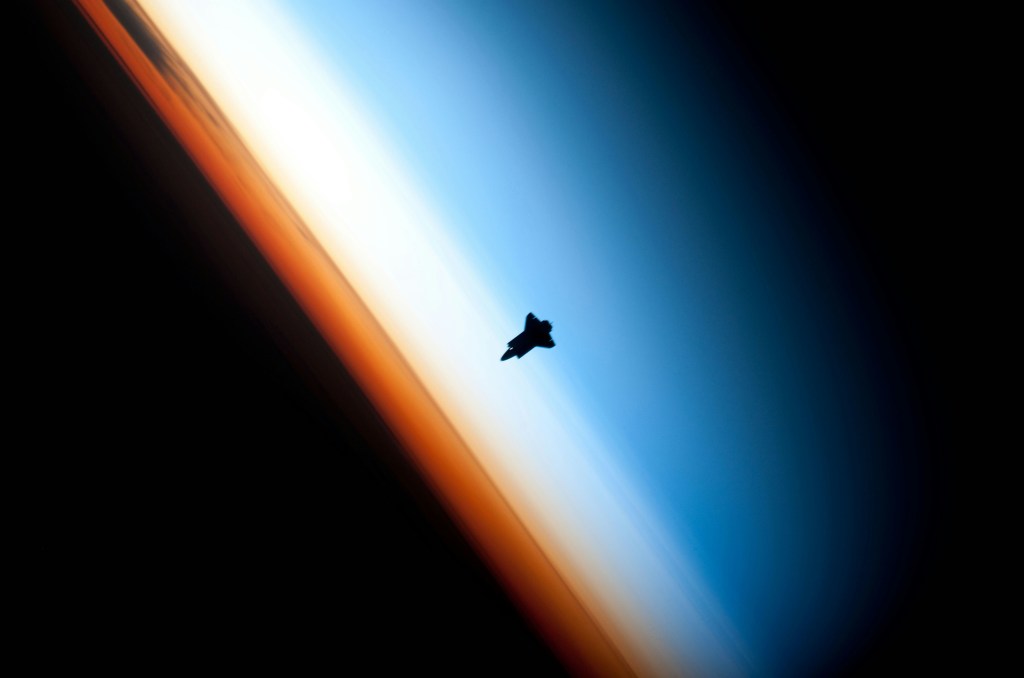If you had to explain what ‘time’ is, how would you do it? Well, you would start by saying that time is measured and that we have clocks to tell us what time it is. We have years, which are divided into months, weeks, days, minutes, seconds and so on. Perhaps you would mention that the time on the clock is different in different parts of the world because we have different time zones. If that was all you would mention, I am here to tell you that time is much more than that.
Time has always fascinated mankind. It has always been present, but difficult to grasp. We cannot see, feel or hear time itself. Yet it has surrounded the whole universe and us since the beginning. It is a physical quantity and is often referred to as the fourth dimension. The other three dimensions make up the space around us with at least three points (coordinates). But what has time got to do with space?
You have probably heard of Albert Einstein and his famous statement that “time is relative”. But what does that mean? Relative to what? Time is relative to where you are in the universe. Einstein found that space and time are linked together. Like a woven fabric, that surrounds the whole universe. This space-time fabric can be stretched. It is stretched when it is around a large object, such as a planet or a black hole, or when there is a massive object nearby. If you take a shirt or any other kind of fabric and pull on it, you can feel how it is stretched where you are pulling. You can see the individual threads. The fabric is still there where you are not pulling, but there is less tension in those places. Space and time are similar to the fabric in your hand. The stretched fabric means that the two physical dimensions – time and space – are also stretched. So time moves more slowly in the places where you pull. We can measure this phenomenon called “time dilation” with clocks. If you send a clock into space and another clock with exactly the same time stays on the ground, the space clocks will have a different time when they return to Earth. Less time will have passed for the space clock than for the earth clock. We saw this in the science fiction film “Interstellar” (spoiler). The protagonist, Cooper, goes into space at the age of about 40. He gives his teenage daughter a watch and keeps one for himself. When he returns, his daughter is over 85 and dying, and he has hardly aged at all. The clocks tell different times. Technically, he is 124 years old according to Earth time, but for him it has only been a few months.
Can we call this time travel? When we think of time travel, we think of travelling to the past or the future and returning from where you started. There are many unknown facts about time, but scientists are sure of one thing: time can only move in one direction. Physicist Stephen Hawking explains in his book “A Brief History of Time: From the Big Bang to Black Holes”, many phenomena about the universe and everything related to it. These include the arrows of time. Yes, plural. For Stephen Hawking, there are three different arrows of time: the thermodynamic, the psychological and the cosmological. The thermodynamic arrow of time explains why we cannot see something that is shattered, like a glass, put back together again. The psychological arrow of time tells us why we cannot remember the future. The cosmological arrow of time points in the same direction as the expansion of the universe. They describe different things, but they all move in the same direction and cannot go backwards.
In the next chapter, he talks specifically about time travel and wormholes. Wormholes look like black holes from the outside, but they are not quite the same. Wormholes are “a special type of structure that some scientists think might exist, connecting parts of space and time that are not usually connected” (Cambridge Dictionary). To get a visualisation, we need our space-time fabric again. If you fold one side of the fabric over and create a tunnel connecting the two opposite sides, it could look like a wormhole. Scientists believe that it could theoretically be possible to travel through a wormhole because different parts of space-time are connected. Wormholes are based on Einstein’s theory of general relativity, but we do not really know if they exist because no wormhole has ever been discovered. Therefore, the time travel into the future that we see in “Interstellar” may be the only time travel that humans will be able to experience when the technology is advanced enough.
It is difficult to understand time. Every day you see clocks on walls and watches on wrists and you think that is what time is. After tapping one foot into the topic, you realise that everything is related to time. Things that we see in some science fiction films that seem impossible have the possibility of coming true one day.
Fiona Schaumann
Sources:
What Is Time? A Simple Explanation (thoughtco.com)
What is time? | Space
A Brief History of Time – Wikipedia
The Ending Of Interstellar Explained (looper.com)
WORMHOLE | English meaning – Cambridge Dictionary


Leave a comment